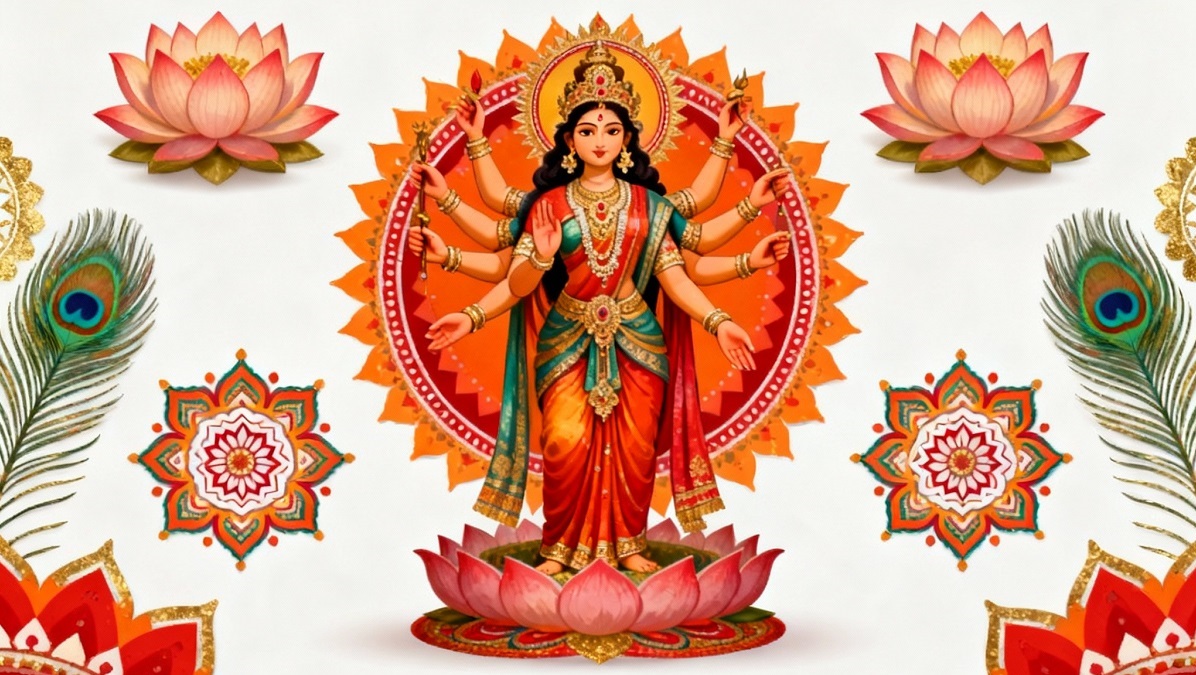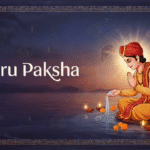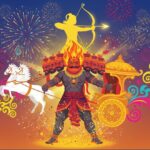Navratras: Scriptural Significance, Traditions, Rituals & Remedies
Navratri is a widely celebrated Hindu festival, spanning nine nights of spiritual upliftment, community gathering, and deep devotion to Goddess Durga—honoring her nine divine forms (Navadurga).
Scriptural Reference & Mythological Foundation
- Devi Mahatmya and Durga Saptashati: Central texts narrate the victory of Goddess Durga over Mahishasura after nine days of battle, reinforcing the universal truth that good triumphs over evil.
- Multiple Seasonal Navratris: The Shakta and Vaishnava Puranas describe four Navratris, but Sharada Navratri (in autumn) is most prominently observed, associated with cosmic renewal and the transition of seasons.
- Navadurga Forms: Each day honors one form of Durga, reflecting the journey from Shailaputri (Mountain’s daughter – strength and purity) to Siddhidatri (Bestower of spiritual powers – completion and enlightenment).
Nine Forms of Durga (Navadurga):
| Day | Goddess | Attributes & Blessings |
| 1 | Shailaputri | Strength, calm, devotion |
| 2 | Brahmacharini | Discipline, virtue, determination |
| 3 | Chandraghanta | Courage, peace, prosperity |
| 4 | Kushmanda | Creativity, health, light |
| 5 | Skandamata | Nurturing, wisdom, protection |
| 6 | Katyayani | Bravery, overcoming obstacles |
| 7 | Kalaratri | Destroyer of ignorance & darkness |
| 8 | Mahagauri | Purity, forgiveness, calmness |
| 9 | Siddhidatri | Granting of siddhis, completion |
Traditional Practices and Rituals
- Ghatasthapana (Kalash Sthapana): The festival begins by inviting Goddess Durga’s presence with a sacred pot—symbolizing abundance and divine energy.
- Fasting & Satvik Diet: Fasting on all or selected days, with consumption of fruits, dairy, and special grains, is believed to purify body and mind, aligning consciousness with divine energy.
- Daily Pooja Vidhi: Fresh flowers, lamps, fruits, and sweets are offered; each form of Durga is worshipped according to scriptural rules, along with mantras, aarti, and Durga Saptashati recitation.
- Kanya Pujan: On Ashtami/Navami, young girls symbolizing the goddess’ innocence and power are worshipped feet washed and offered food and gifts, affirming reverence for feminine divinity.
- Garba & Dandiya: Community dance around the goddess, especially in Gujarat and western India, honors life’s energy and unity.
- Ramayana & Devi Puja: In North and East India, Ram Leela and Durga Puja add richness in devotion and storytelling.
- Colors and Attire: Each day has its own color and symbolic meaning—devotees wear specific hues to attract blessings appropriate to that day.
Remedies, Upay & Mantras from the Scriptures
- Mantra Jaap Mala: Recite “Om Aim Hreem Kleem Chamundayai Vichche” 108 times, as advised in the Durga Saptashati, for protection and strength.
- Akhand Jyoti (Unbroken Lamp): Keep a ghee lamp lit throughout Navratras to dispel negativity and invoke auspiciousness.
- Offer Red Hibiscus and Coconut: These offerings during daily pooja bring prosperity and remove planetary afflictions, especially linked to Mars.
- Fasting & Charity: Scriptural tradition encourages fasting and giving to the needy during Navratri, multiplying spiritual merit and clearing karmic obstacles.
- Daily Worship of Durga’s Avatar: Each day, focus prayers and offerings on the specific form of Durga, cultivating the blessings associated with that aspect (e.g., Mahagauri for purity, Kalaratri for removal of darkness).
Navratri, as chronicled in the Devi Mahatmya, Durga Saptashati, and Puranas, is a sacred period to internalize divine values, celebrate the eternal victory of dharma over adharma, and invite Goddess Durga’s blessings for courage, wisdom, and fulfilment on all levels of life. Regional variety and vibrant rituals mark Navratri as a time of spiritual renewal, social unity, and honouring the feminine principle in all its forms.



